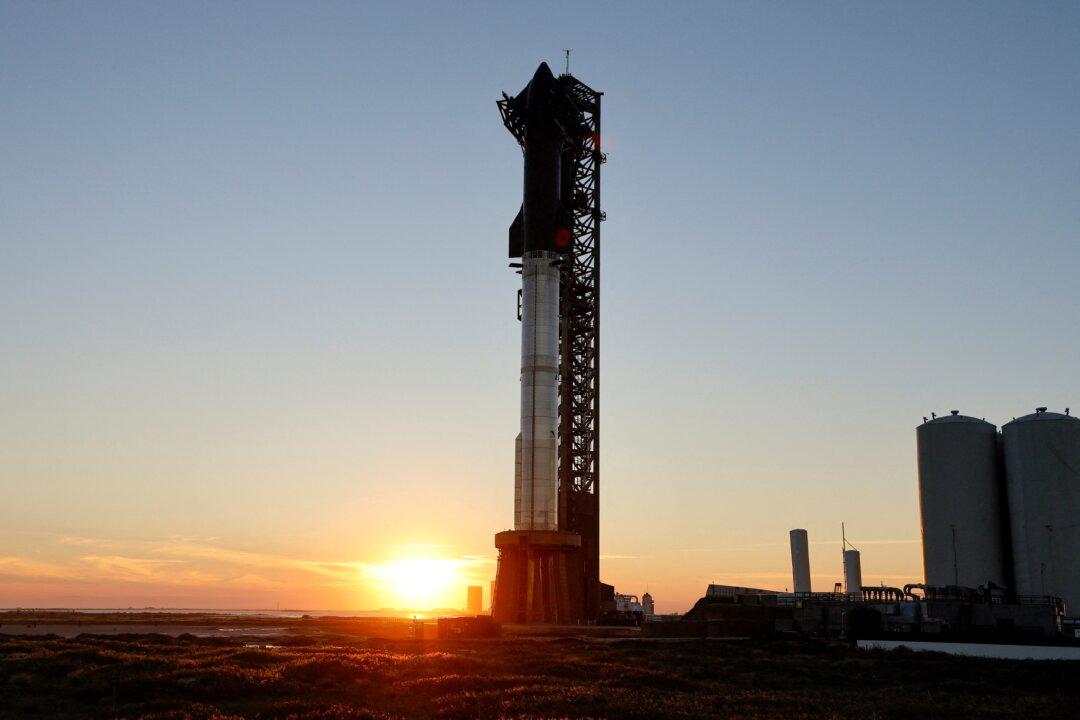The U.S. Federal Aviation Administration on Wednesday granted Elon Musk’s SpaceX a license to launch the company’s second test flight of its next-generation Starship and heavy-lift rocket from Texas, the agency said.
SpaceX said it was targeting Friday for a launch, saying a two-hour launch window opens at 7 a.m. Central Time (1300 GMT) and that local residents “may hear a loud noise” during the rocket’s ascent toward space.
“The FAA determined SpaceX met all safety, environmental, policy and financial responsibility requirements,” the agency, which oversees commercial launch sites, said in a statement.
SpaceX’s first attempt to send Starship to space was in April, when the rocket exploded mid-air four minutes after liftoff pulverized the company’s launchpad and flung sand and concrete chunks for miles.
Starship, standing taller than the Statue of Liberty at 394 feet (120 meters) and designed to be fully reusable, represents SpaceX’s next-generation workhorse rocket system capable of ferrying some 150 tons of satellites into space. Plans also call for the rocket system to be used to carry crews of humans to the moon, and eventually Mars.
The rocket is crucial for SpaceX’s increasingly dominant launch business. NASA under a roughly $4 billion development contract with SpaceX plans to use Starship around 2026 to land the first crew of humans on the moon’s surface since 1972.
The upcoming Starship flight will have the same test objectives as the first attempt. SpaceX made hundreds of fixes to the rocket’s design based on the April failure. The FAA required SpaceX to make dozens of fixes before allowing another Starship flight.
SpaceX determined that an onboard fire prevented Starship—the rocket system’s upper stage—from separating from its Super Heavy first stage booster as planned. The rocket’s explosion was the result of an automated destruction command, which triggered some 40 seconds late.







